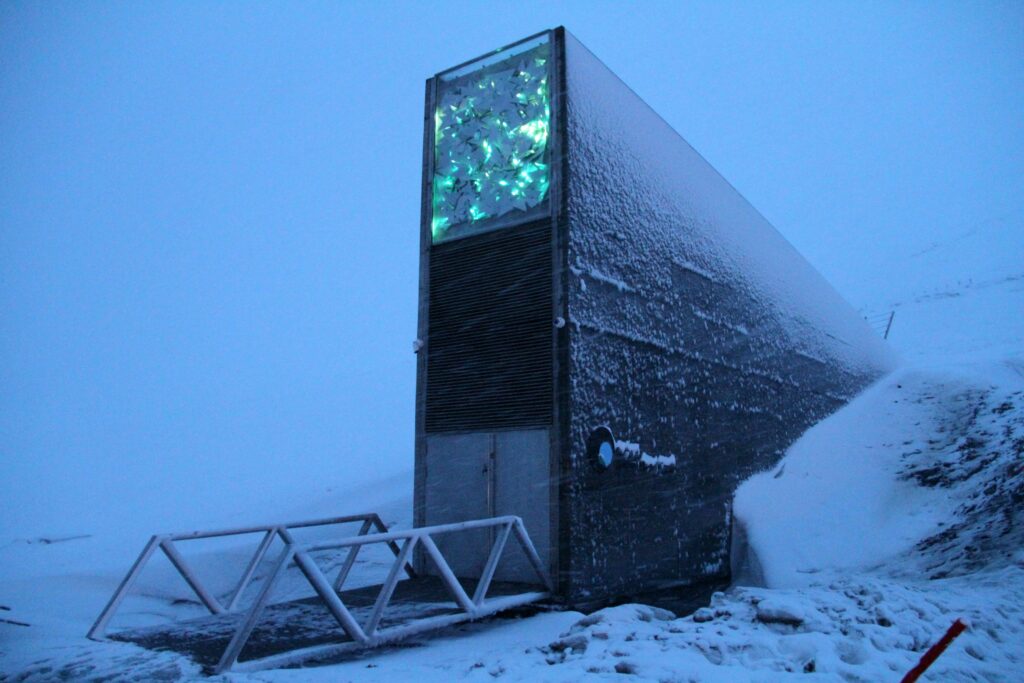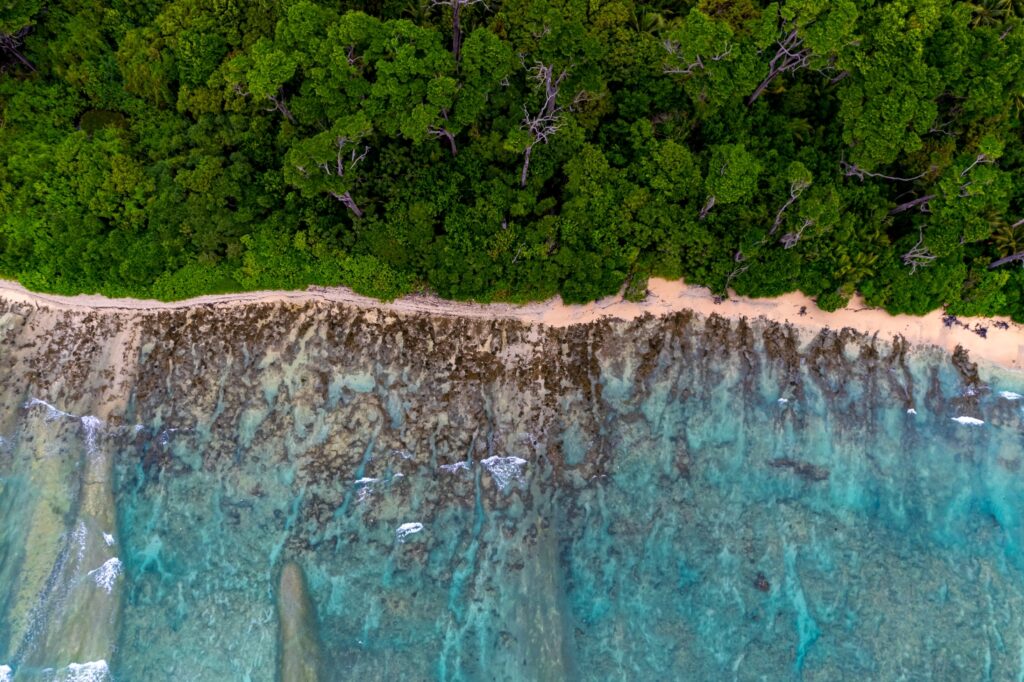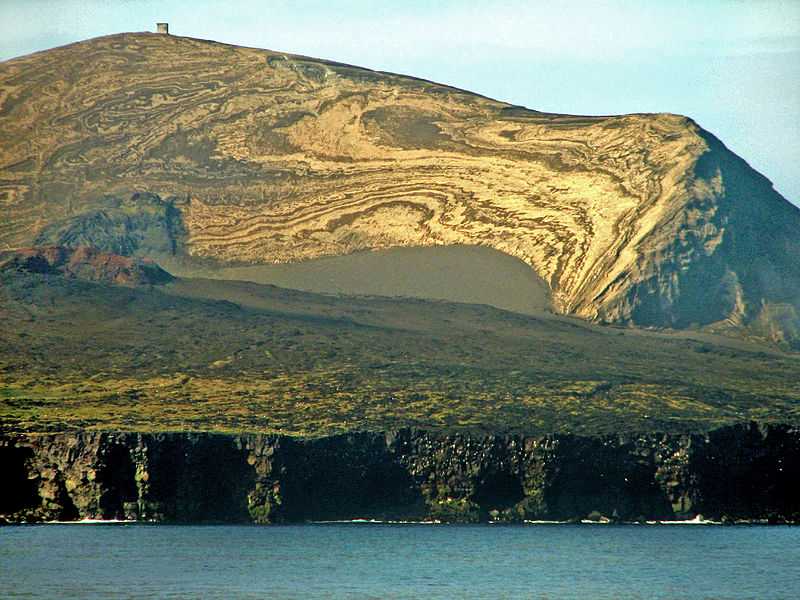
In our tech-savvy world, it’s hard to believe that some corners of the globe remain untouched, shrouded in mystery. The less you know about these enigmatic destinations, the more they beckon to you.
Prepare to be intrigued as we unveil the secrets of the 13 most forbidden places on Earth. Read on and immerse yourself in the allure of the inexplicable.
Lascaux Caves, France

The Lascaux Cave is a priceless gem for archaeologists worldwide. Housing prehistoric paintings dating back 17,300 years, this cave complex is a testament to our ancient past. The hauntingly vivid Paleolithic paintings adorn the walls, depicting a menagerie of animals including cattle, stags, bison, and more.
Tragically, access to the cave has been restricted to the general public since 1963. Archaeologists fear that human presence could irreparably damage these ancient masterpieces, making preservation paramount.
North Sentinel Island, India

North Sentinel Island, nestled in the Andaman chain, is home to the Sentinelese tribe and ranks among the world’s forbidden islands. The inhabitants fiercely defend their isolation, often resorting to violence to protect their way of life. With a history spanning over 50,000 years, the Sentinelese tribe remains under the protection of the Indian Government.
Access to this region is strictly prohibited for visitors of any kind, making it one of the most perilous and off-limits places on the planet.
Surtsey Island, Iceland

Surtsey, a small island situated in an archipelago off the southern coast of Iceland, emerged from a volcanic eruption that spanned four years. Renowned as the planet’s newest island, Surtsey is currently accessible only to select scientists and geologists. Tourists are strictly prohibited from visiting, as it is feared that human interference could disrupt the delicate ecological processes unfolding on the island.
